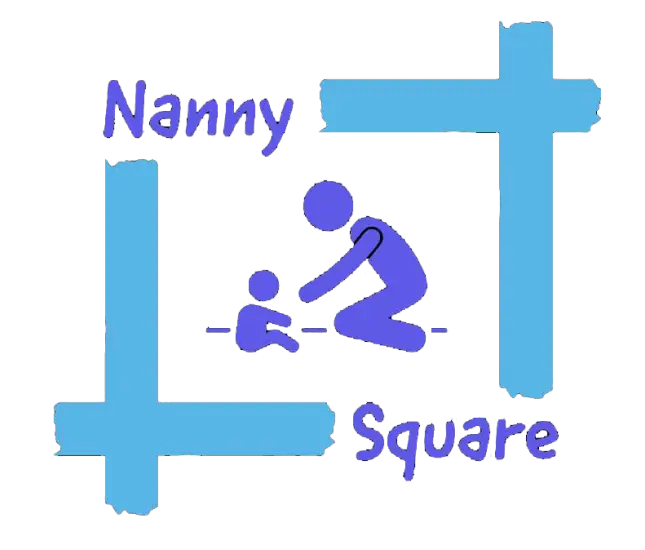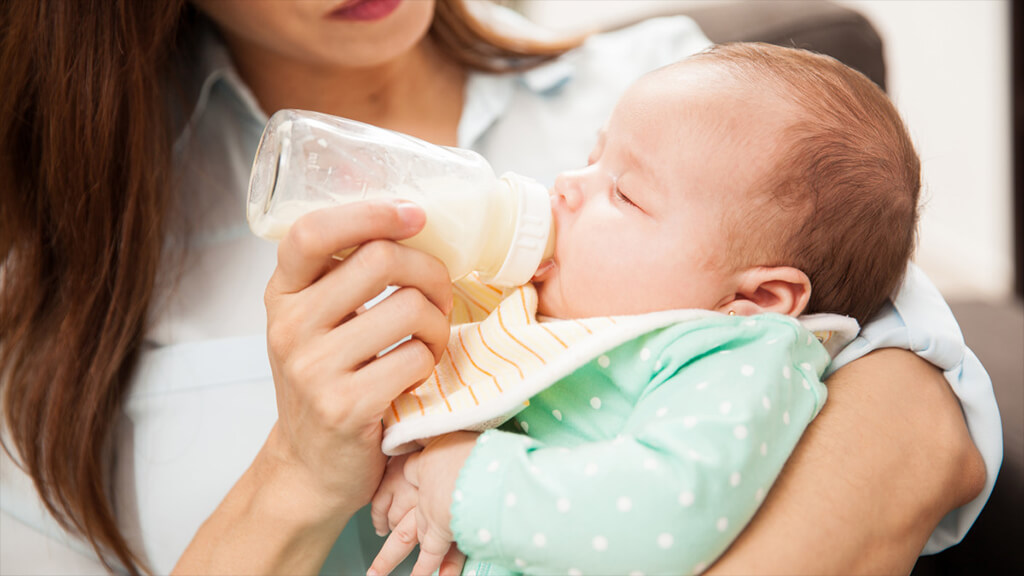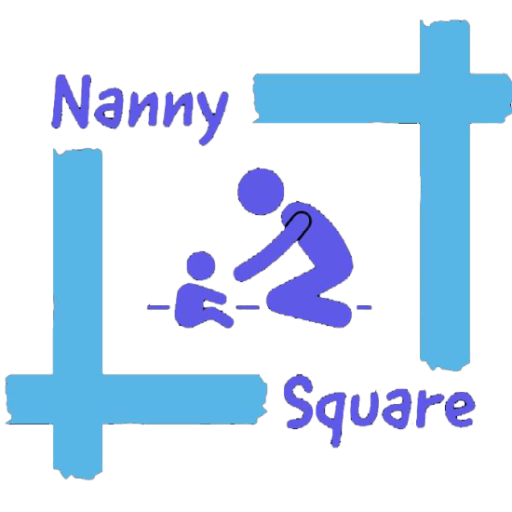Newborn stomach becoming a parent is one of the best feelings in the world, but parenthood also has responsibilities. If you recently become a parent and you’re experiencing breastfeeding for the first time then you must be worried about the size of your newborn stomach meaning you’re confused about the quantity of milk your newborn needs and if the baby’s milk intake requirement is being fulfilled.
The size of a newborn stomach feels like it is very small and parents worry if they are overfeeding the newborn or vice versa. In this article, we will answer all your questions about the stomach size of newborn babies.
Size of the stomach of a newborn:
If we talk about the size of the stomach of a newborn then we should know the difference between the size and the volume, the newborn stomach size is the volume of milk the newborn can intake comfortably and it is not necessary to fill the stomach, Its am greater then the milk he or she can comfortably drink, but it is not healthy and necessary to fill the stomach of a newborn baby. The size stomach newborn varies daily as the newborn gets older.
The comparison of newborn stomach size on different days is given below:
On Day 1:
The size of a newborn stomach is about the size of a tiny marble on the first day. If we talk about the intake of milk, the newborn baby can only drink 1 to 2 teaspoons (2-7 ml) of milk at a time, but the frequency of breastfeeding is higher on the first day so the baby gets enough milk. Your body adjusts to the amount of milk your baby needs. On the first day, your baby’s poop will be black and tarry which means the newborn has enough milk on the first day. The milk in the first days is yellow and rich in nutrients and is called colostrum.
On Day 3:
On day 3 the size of the newborn stomach is about the size of a walnut and the newborn can accommodate 0.75 to 1 ounce (22-27 ml) of milk because the newborn stomach size grows significantly. You can also see the change in the texture of your milk, it becomes whiter and less dense and is called transitional milk.
On Day 10:
On day 10 the stomach size of a newborn is about the size of a golf ball or apricot. The newborn baby can accommodate 1 to 2 ounces (45-60 ml) of milk. The milk also becomes more milk-like in color and is called mature milk.
Things you should know when you’re breastfeeding:
The female breasts start to develop colostrum in the 12th or 18th week of the pregnancy. The newborn baby drinks an ounce of milk or colostrum during the first 24 hours at different times. The sucking of the newborn also helps in the development of breast milk. If the baby is eating more then you shouldn’t worry about it because it is normal and doesn’t mean your baby is not getting enough, it also helps to stimulate more breast milk.
Your baby will also sleep a lot during the first day. The colostrum starts to change into transitional milk after 3 days and then it changes into more milk-like called mature milk after 10 days. The milk supply is according to the need, which means that the more the milk is drained, the more will be the supply.
Formula feeding of Newborn stomach:
If you are formula-feeding your newborn baby then you should keep in check the amount of milk intake by the baby because sometimes there is a chance of overfeeding. If your baby starts to spit up milk frequently then it means that your baby is overfeeding, the stomach is an organ and it expands.
The signs which mean your baby is overfeeding are:
Frequent vomiting of Newborn stomach:
Experts say that you should breastfeed your baby for the first 3 to 4 weeks because your baby is comfortable breastfeeding and it helps develops your milk supply. In some cases when your baby is not gaining weight or has any other condition then your doctor can recommend you use formula because it helps in treating and solving the problem. Formula feeding is also an option when you don’t have time to feed or you’re not making enough milk according to the baby’s needs.
Conclusion:
The stomach size of a newborn baby is very tiny at first, you can think that your baby is overfeeding but most of the time they don’t. Your newborn will not drink a lot a time but the baby will drink more frequently. Keep an eye on the weight gain of your baby and also the hunger signs of the baby. A sufficient amount of poop and pee also means that the baby is getting enough. Your baby mood’s will be very good when the baby tummy’s is full.





